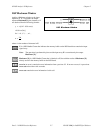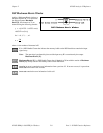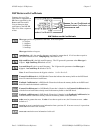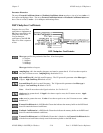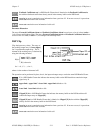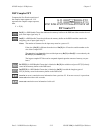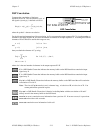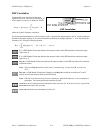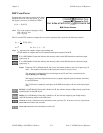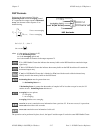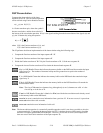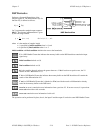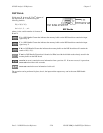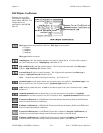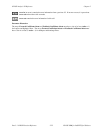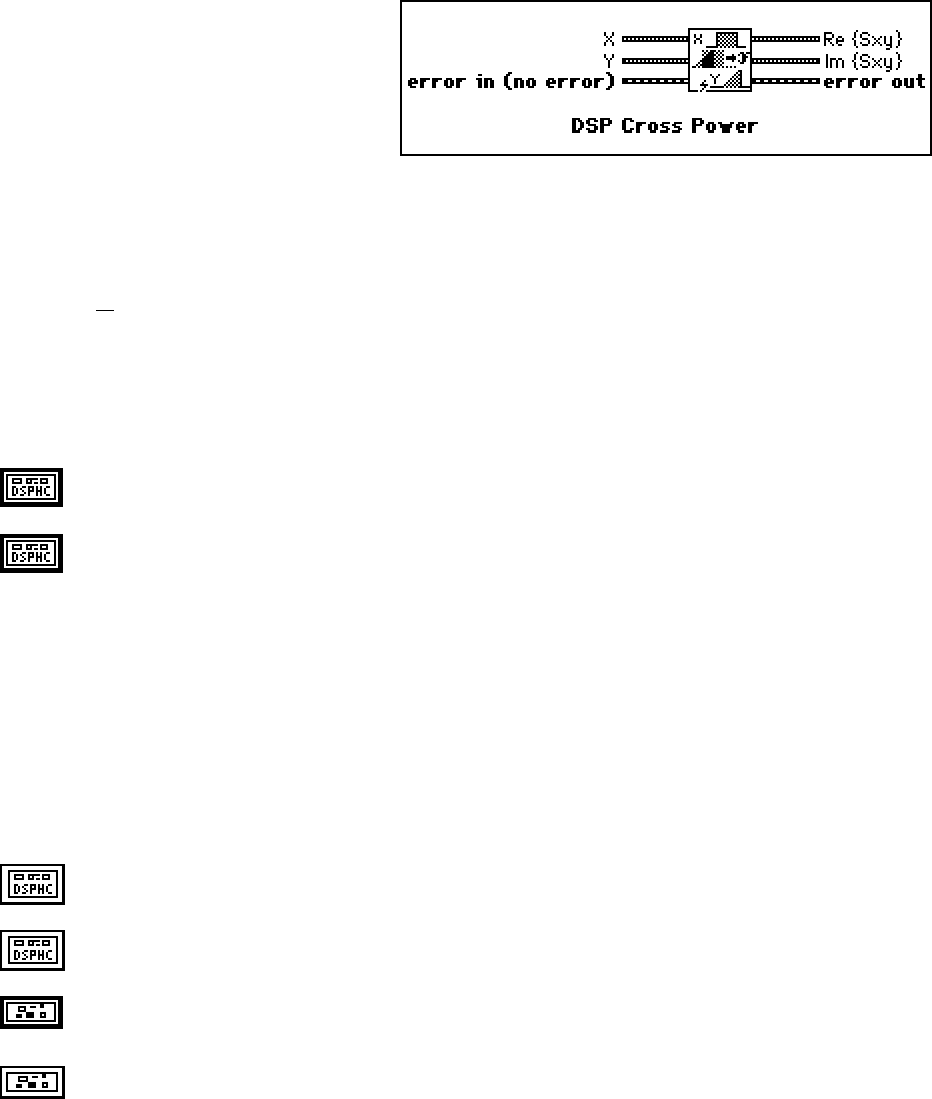
Chapter 2 NI-DSP Analysis VI Reference
NI-DSP SRM for LabVIEW for Windows 2-15 Part 3: NI-DSP Function Reference
DSP Cross Power
Computes the cross power spectrum of the input
sequences X and Y. The cross power, S
xy
(f), of
the signals x(t) and y(t) is defined as follows:
S
xy
(f) = X
*
(f)Y(f)
where X
*
(f) is the complex conjugate of X(f),
X(f) = F{x(t)}, and
Y(f) = F{y(t)}.
This VI uses the FFT routine to compute the cross power spectrum, that is given by the following formula:
S
xy
=
1
n
2
F
*
{X} F{Y} ,
n = 2
k
for k = 1, 2, 3, …, 23,
where S
xy
represents the complex output sequence Sxy, and
n is the number of samples that can accommodate both input sequences X and Y.
X is a DSP Handle Cluster that indicates the memory buffer on the DSP board that contains the input
signal array X.
Y is a DSP Handle Cluster that indicates the memory buffer on the DSP board that contains the input
signal array Y.
Notes: If the size of X is different than Y, the VI uses the smaller number as the size of input arrays X
and Y. The number of elements for the input arrays must be a power of two.
The operation is performed in place and the input arrays X and Y are overwritten by the
outputs Re{Sxy} and Im{Sxy}.
The largest Cross Power Spectrum that can be computed depends upon the amount of memory
in your DSP board.
This VI allocates a temporary workspace on the DSP board equal to the size of the input signal
array.
Re{Sxy} is a DSP Handle Cluster that is identical to X, but with the real part of Sxy already stored in the
memory buffer on the DSP board.
Im{Sxy} is a DSP Handle Cluster that is identical to Y, but with the imaginary part of Sxy already
stored in the memory buffer on the DSP board.
error in (no error) contains the error information from a previous VI. If an error occurs, it is passed out
error out and no other calls are made.
error out contains the error information for this call.



